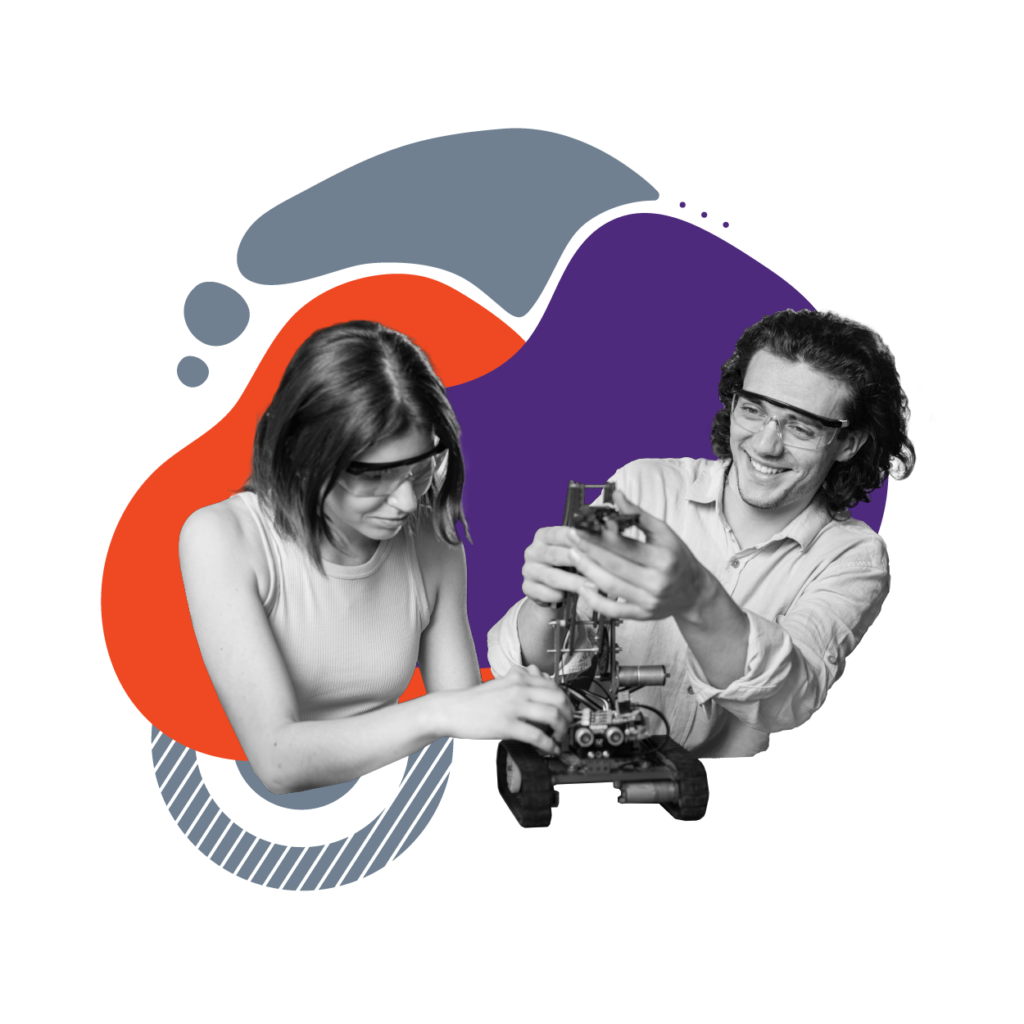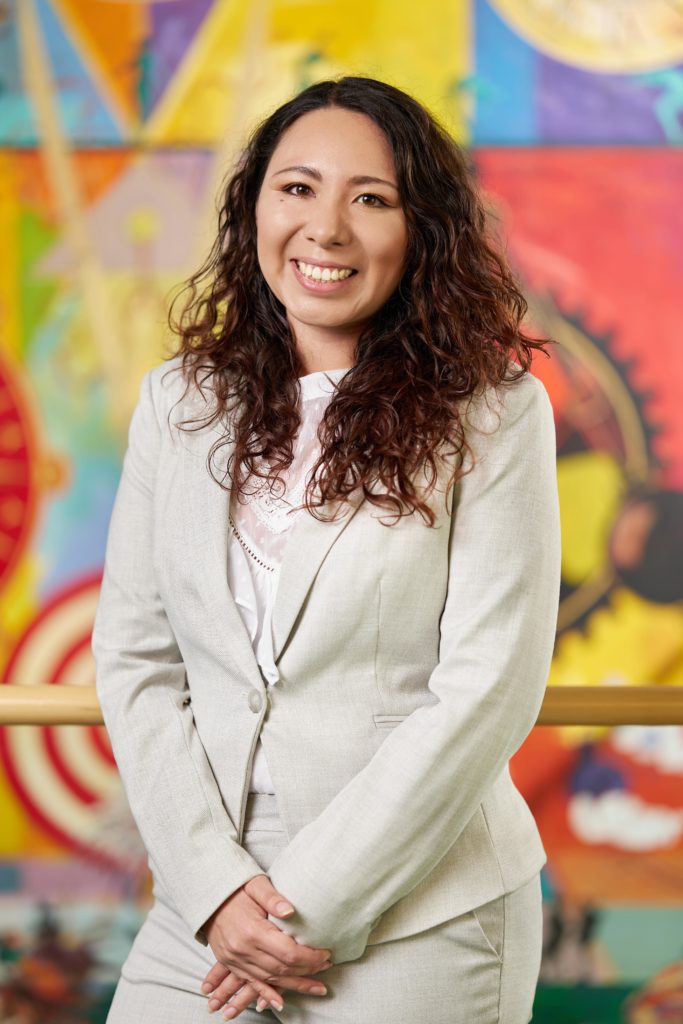Young Researchers

Young researchers shape our future. Bringing their innovative ideas into our projects, they contribute not only to the excellence of SnT research, but also to our impact in society. They take our research to the next generation.
In this edition of the series, we feature Dr. Flor Ortiz and her research on artificial intelligence and machine learning for satellite communication.
Dr. Flor Ortiz, research associate at the Signal Processing and Communication research group (SIGCOM), gave us some insights into the research project she is working on, reflected on how this project will shape the future, and shared her future plans with us.
Flor, what are you working on in your research?
We are working in collaboration with SES to utilise artificial intelligence (AI) to empower the next generation of satellite communications. In our SmartSpace project, we study and evaluate how and where we can implement AI techniques to improve satellite communication systems. We are exploring several use cases, including AI for resource allocations, AI for interference management, and a boarder connectivity ecosystem using big data, for example, for satellite data traffic forecasting. In addition, we focus on training the data for machine learning.
What is the motivation of the project?
In the future, we may have access to the Internet and communication anytime and anywhere in the world. This is expected for the next generation of satellite communication. This will be possible due to non-terrestrialnetworks and satellite communication. Our vision for the future is that by integrating terrestrial and non-terrestrial networks, we can provide ubiquitous coverage of communication services.
How does this project shape the future?
Non-terrestrial networks comprise satellites providing connectivity to deliver equal service quality across the world. By introducing such networks, we can address different problems, and the most prominent example is the digital divide. At the same time, we must tackle new challenges which we want to solve utilising AI: For instance, traditional techniques will not be enough to guarantee full reconfigurability of our satellites. Machine learning models give us the opportunity to obtain this reconfigurability.
What are the solutions in the project?
For example, the more satellite data traffic is changing over time, we can see that there are some specific areas with wasted resources, and some with insufficient resources. AI can help us in these cases to develop a resource allocation model based on machine learning. With AI, we can modify resources, such as power and bandwidth. This increases the capacity during a very high traffic demand and reduces it during a low traffic demand. To achieve this in the case of a network of many satellites, we need to first know where and when expected congestion will occur. AI provides us with a tool for traffic forecasting models. As another use case, if demand increases in a service area on earth, we will have to launch more and more satellites. In this case, we have more capacity, but the satellites may interfere with each other. And again, AI gives us the opportunity to manage these interferences.
What inspired you to work in research at SnT?
What inspired me to work in research at SnT was its dynamic and multicultural environment, which has significantly influenced the research landscape, especially in satellite communications. The presence of esteemed researchers such as Dr. Eva Lagunas and Dr. Symeon Chatzinotas, who are not only pioneers in their field, but were also pivotal figures in my doctoral thesis, profoundly influenced my decision. The opportunity to join SnT represented more than just a professional change; it was a chance to be part of a community at the forefront. Since joining SnT, I have experienced tremendous personal and professional growth, which has allowed me to deepen my knowledge, participate in cutting-edge projects, and contribute to ground-breaking research.
What are your future plans?
My future plans are firmly rooted in the advancement of the field of artificial intelligence applications within satellite communications. I am particularly excited about the potential of integrating neuromorphic computing to design communication systems that are not only more efficient but also sustainable. Regarding my career path, I am committed to academia. My goal is to become a leading researcher in my field, known for pioneering work that bridges theoretical research and practical applications. I aim to create impactful knowledge that not only benefits the scientific community, but also has tangible implications for industry and society, especially in Luxembourg.
About Flor: Flor Ortiz received the B.S. degree in telecommunications engineering and the M.S. degree in electrical engineering-telecommunications from the Universidad Nacional Autónoma de México (UNAM), Mexico City, Mexico, in 2015 and 2016, respectively, and the Ph.D. degree in telecommunication engineering from Universidad Politécnica de Madrid (UPM), Madrid, Spain, in September 2021. In 2021, she joined as a Research Associate with the Interdisciplinary Centre for Security, Reliability, and Trust (SnT), University of Luxembourg. Her research interests include implementing cutting-edge machine learning techniques, including continual learning and neuromorphic computing for operations in satellite communications systems.
This article was originally published on 8 March 2023.
